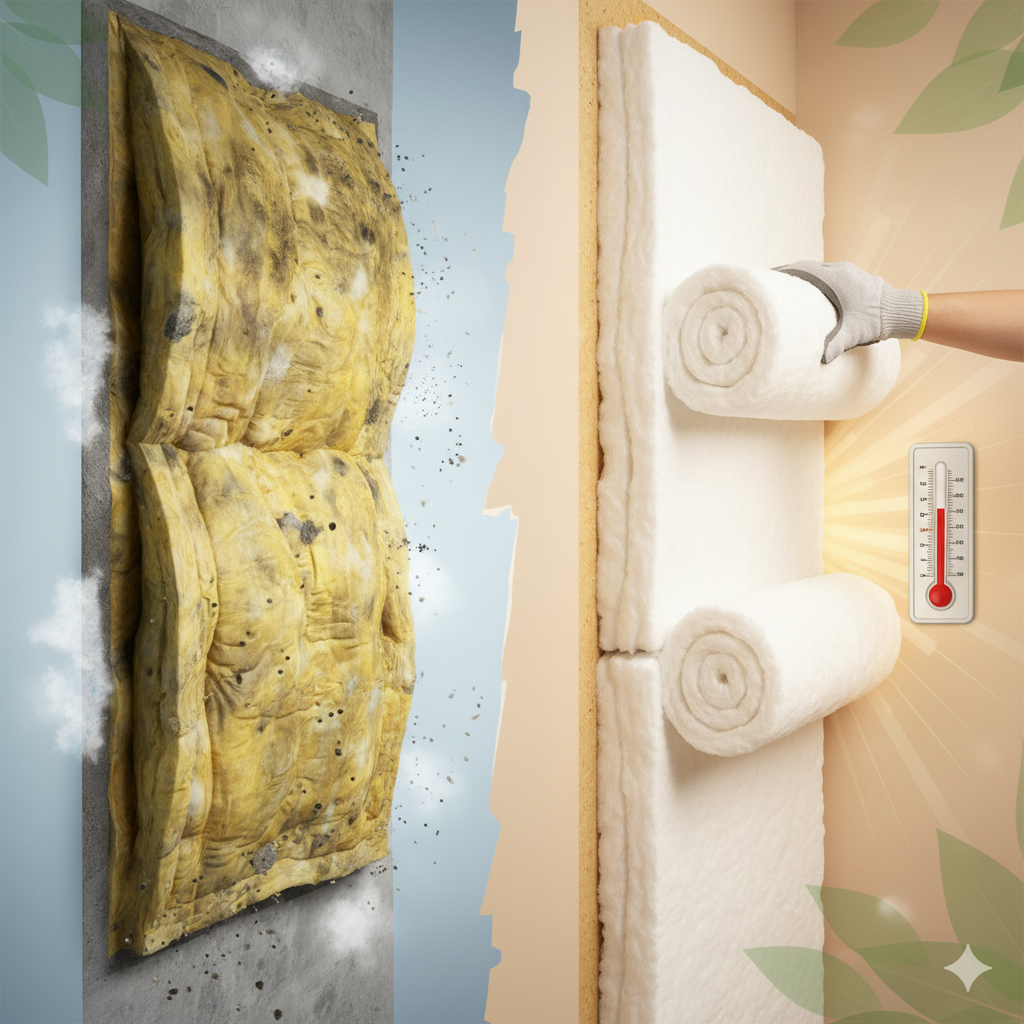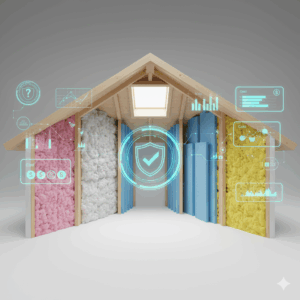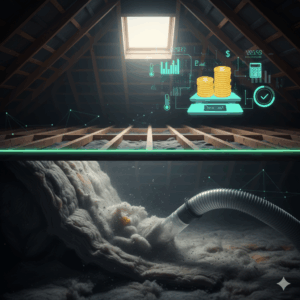Your home’s insulation is the silent protector that keeps indoor temperatures stable, reduces energy waste, and improves air quality. Over time, however, insulation can wear out, get damaged, or simply become outdated compared to today’s efficiency standards. Understanding when to replace your home insulation ensures your home remains comfortable, efficient, and healthy.
Signs You Need to Replace Insulation
Rising Energy Bills
When insulation stops performing effectively, your HVAC system has to work harder to heat or cool your home. This increased strain often shows up as steadily climbing utility bills.
Uneven Indoor Temperatures
Drafts, cold spots, or entire rooms that never feel comfortable are strong indicators of failing insulation. Many homeowners only realize the problem when attic insulation replacement becomes unavoidable.
Water Damage and Mold
Moisture from roof leaks, condensation, or plumbing problems can saturate insulation. Once wet, insulation loses its R-value and can encourage mold growth, making replacement essential.
Pest Infestation
Rodents and insects often use insulation as nesting material. Once it’s contaminated, the insulation no longer functions effectively. In these cases, it’s often necessary to replace insulation in walls or attics to restore safety and comfort.
Old or Worn-Out Materials
Insulation has a lifespan. Fiberglass may last 15–20 years, while spray foam can last longer, but no material lasts forever. If your home hasn’t had insulation updated in decades, replacement is likely due.
Why Timely Replacement Matters
Replacing insulation at the right time not only saves money but also improves comfort and air quality. Outdated insulation allows conditioned air to escape, forcing HVAC systems to work harder and wear out faster. Moisture-damaged insulation can even threaten your home’s structure by causing rot or mold behind walls.
When planning an upgrade, it’s important to consider the best type of insulation for your home, since each material has unique benefits depending on your climate and building structure.
Comfort, Efficiency, and Long-Term Benefits
New insulation does more than reduce energy bills—it creates a healthier and more consistent indoor environment. By preventing drafts and sealing leaks, it supports better air quality, reduces noise, and makes rooms more comfortable year-round.
To achieve these results, you should also evaluate the recommended home insulation R–values, which measure thermal resistance and help ensure your home has the proper level of protection.
FAQs About Replacing Insulation
How long does insulation last before it needs replacement?
Most insulation lasts 15–30 years, but water damage, pests, or compression can shorten that lifespan.
Can I add new insulation on top of old?
Yes, provided the old insulation is dry and uncontaminated. If it’s damaged, moldy, or infested, removal is the safest option.
Which area of the home usually fails first?
The attic is typically the first problem area since rising heat escapes through the roof. That’s why attic insulation replacement is one of the most common projects.
How can I tell if wall insulation is bad?
Cold walls, constant drafts, or uneven heating and cooling are clear signs. In older homes, walls may have little or no insulation at all, making replacement highly beneficial.
Will new insulation save money?
Yes. Replacing insulation reduces heating and cooling costs by limiting energy loss. Many households save 15–20% or more annually.
Do I need a professional installer?
While some insulation can be added as a DIY project, hiring a professional ensures safe removal, correct installation, and compliance with building codes.
Long-Term Value of Replacement
Upgrading insulation is one of the most cost-effective home improvements you can make. Beyond lowering energy costs, it boosts resale value, reduces wear on HVAC systems, and provides a healthier environment for your family.
These advantages align closely with the top benefits of upgrading your home’s insulation, which extend well beyond simple energy savings.
Conclusion
Your insulation may be hidden behind walls and ceilings, but its impact is visible in your bills, comfort levels, and indoor air quality. Replacing it at the right time prevents costly repairs and ensures your home performs at its best.For expert help with your next insulation project, Guardian Home Energy is here to guide you with trusted solutions.





